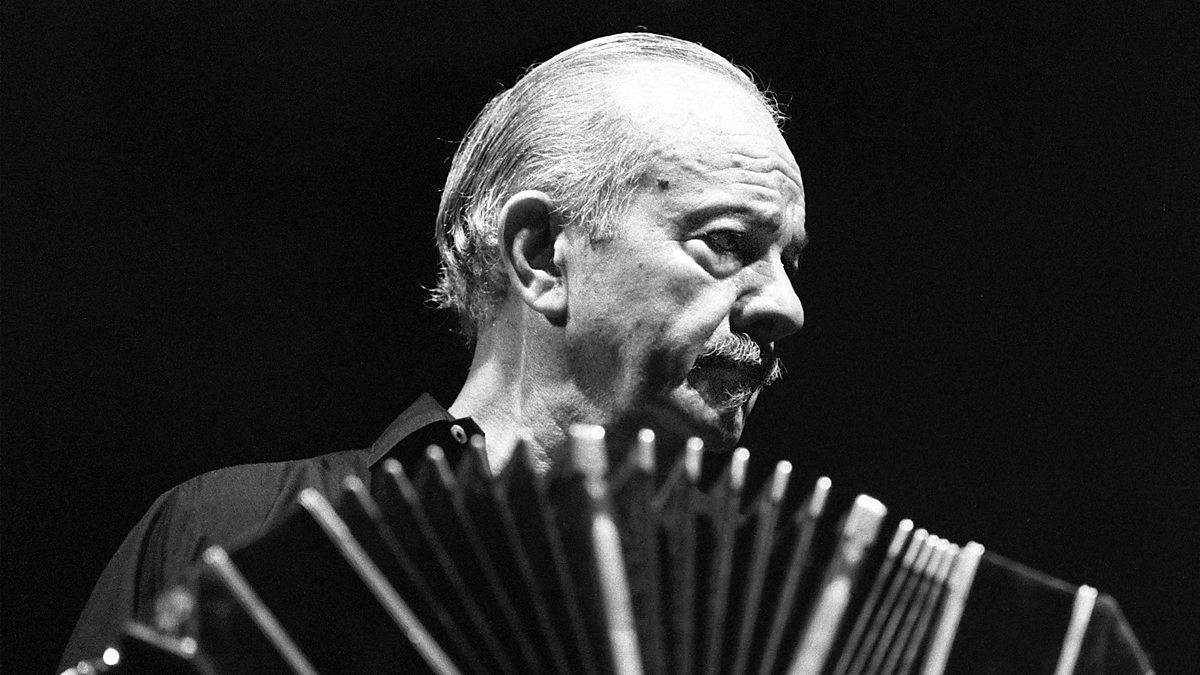Originally posted by Globaltruth
View Post

Yes, of course! Associated character confusion in my lockdown brain.
Thanks for the reminder.





Comment